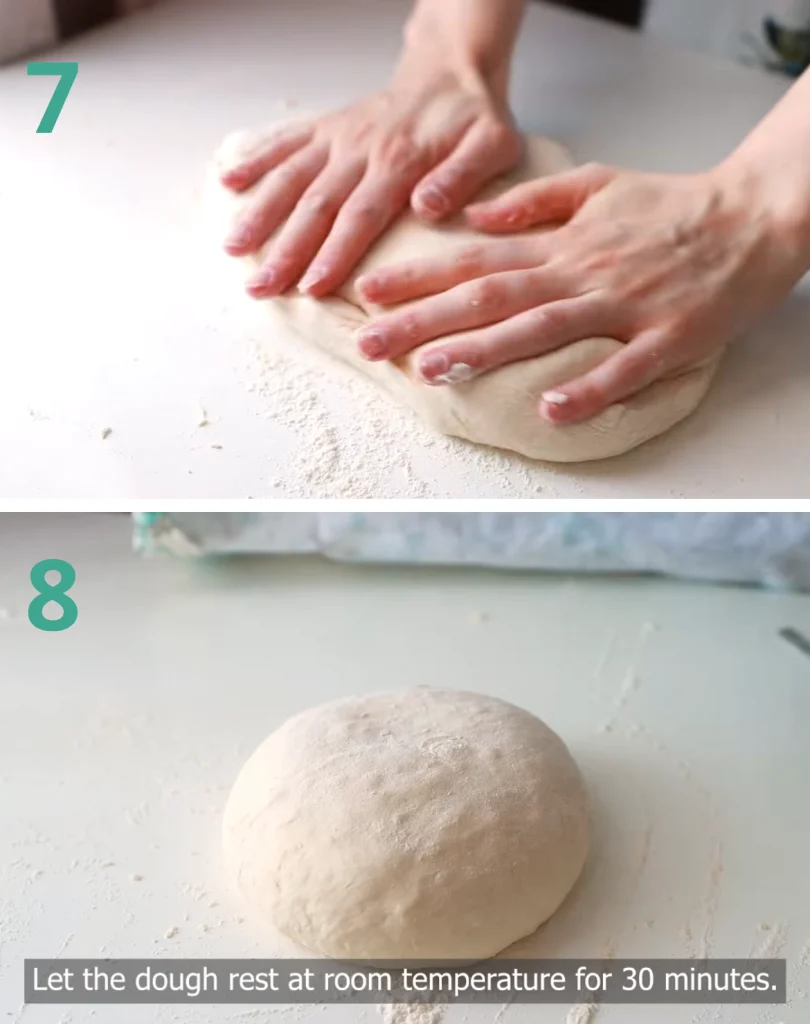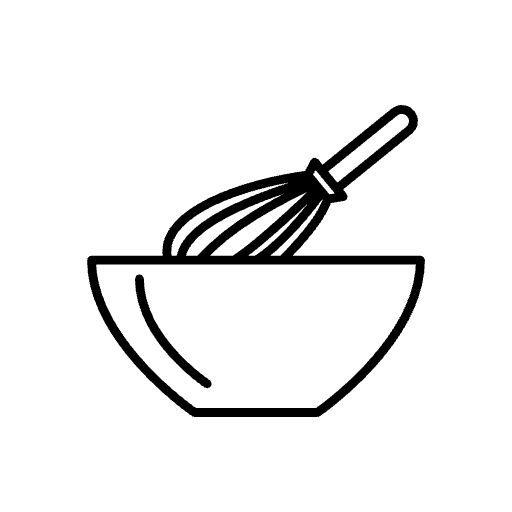Imagine the joy of biting into a loaf of freshly baked bread, golden and crusty on the outside, soft and airy on the inside. Now, picture making that bread at home with only three ingredients—flour, water, and yeast. No kneading, no complicated steps, just pure, simple baking magic. This Easy Homemade 3-Ingredient No-Knead Bread is the perfect solution for anyone craving the comfort of homemade bread without spending hours in the kitchen. It’s an approachable recipe that guarantees results—whether you’re a seasoned baker or a beginner.
What is a 3-Ingredient No-Knead Bread?
If you’ve ever glanced at the ingredient list on a loaf of store-bought bread, you’ve probably been overwhelmed by the sheer number of additives, preservatives, and extra ingredients. But what if I told you that you only need 3 ingredients to make delicious, homemade bread? That’s right—no long lists, no complex steps.
This simple recipe is much like a traditional sourdough, but without the need for a sourdough starter. For this 3-Ingredient Bread, you’ll need:
- Bread flour (or all-purpose flour as a substitute)
- Active dry yeast
- Sea salt
Technically, you’ll also need warm water to bring the dough together, so some might say it’s a 4-ingredient recipe, but the simplicity is still remarkable. With just these ingredients, you can create a loaf with a crispy crust and a soft, chewy interior, all with minimal effort and time.
This recipe has gained popularity due to its simplicity and accessibility—perfect for anyone who wants to bake fresh bread at home without the hassle of complicated techniques.
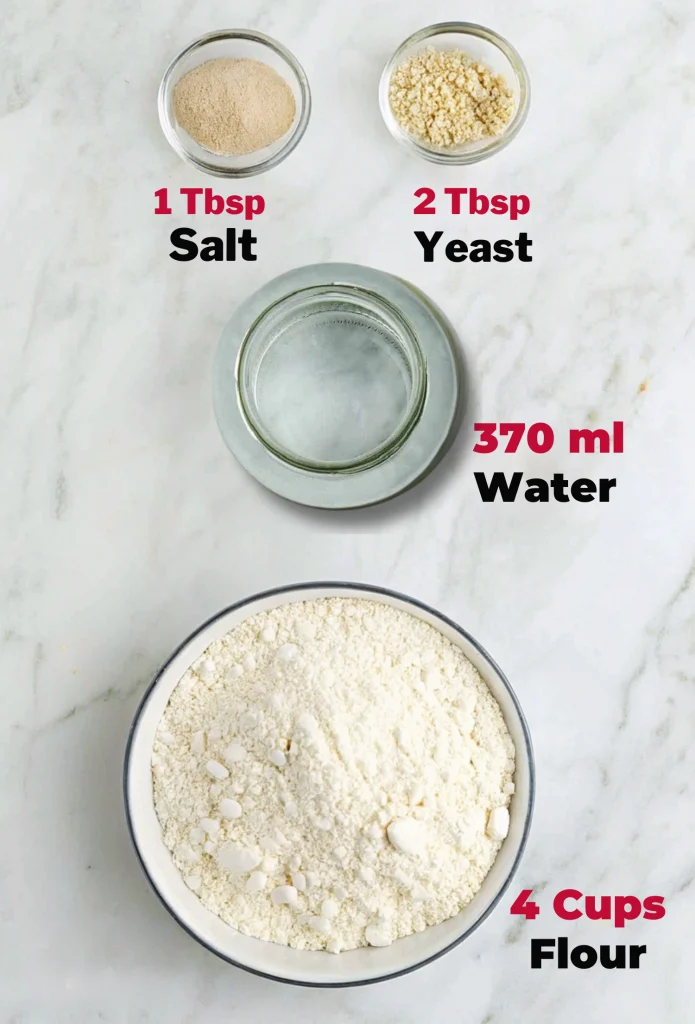
How Do You Make no Knead Bread?
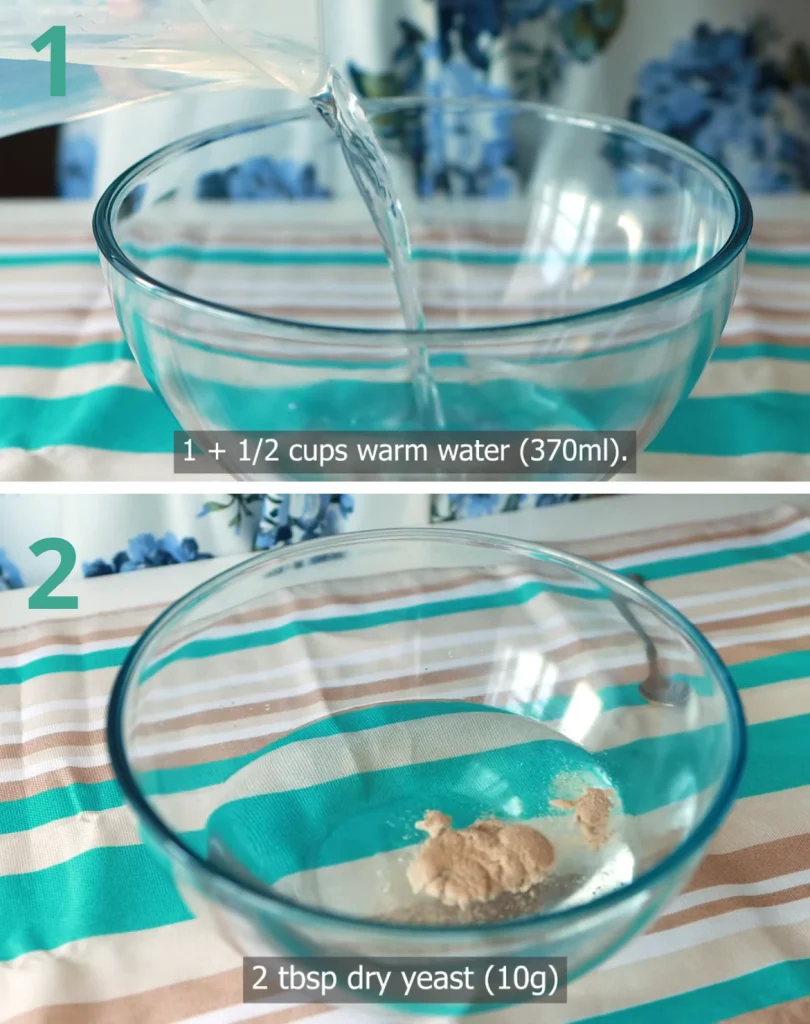
In a large bowl, pour 1 + 1/2 cups of warm water (370 ml). The water should be warm to the touch (around 100-105°F or 38-40°C) – too hot, and it may kill the yeast; too cold, and it will slow down the activation. This temperature is ideal for allowing the yeast to become active.
Add 2 tablespoons of active dry yeast (10 g) to the warm water. Stir gently to dissolve the yeast in the water. Let this mixture rest for 5 to 10 minutes. During this time, the yeast will activate and form bubbles on the surface. This step is essential as it ensures the yeast is alive and ready to make the dough rise.
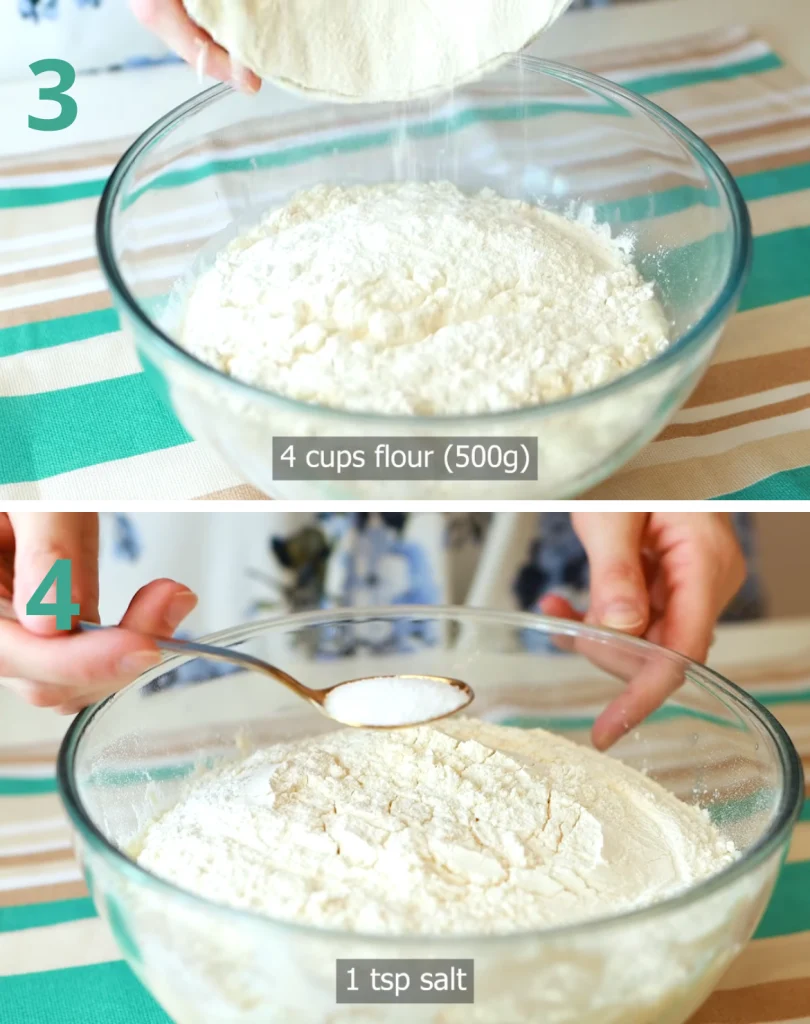
Pour 4 cups of flour (500 g) into the bowl with the activated yeast. For a smooth blend, add the flour gradually. This helps prevent lumps and makes it easier to combine with the other ingredients.
Add 1 teaspoon of salt. Salt plays an important role in bread, as it strengthens the dough’s structure and enhances the flavor. Mix everything well until you have a smooth, slightly sticky dough. Make sure all the flour is well incorporated for a uniform texture.
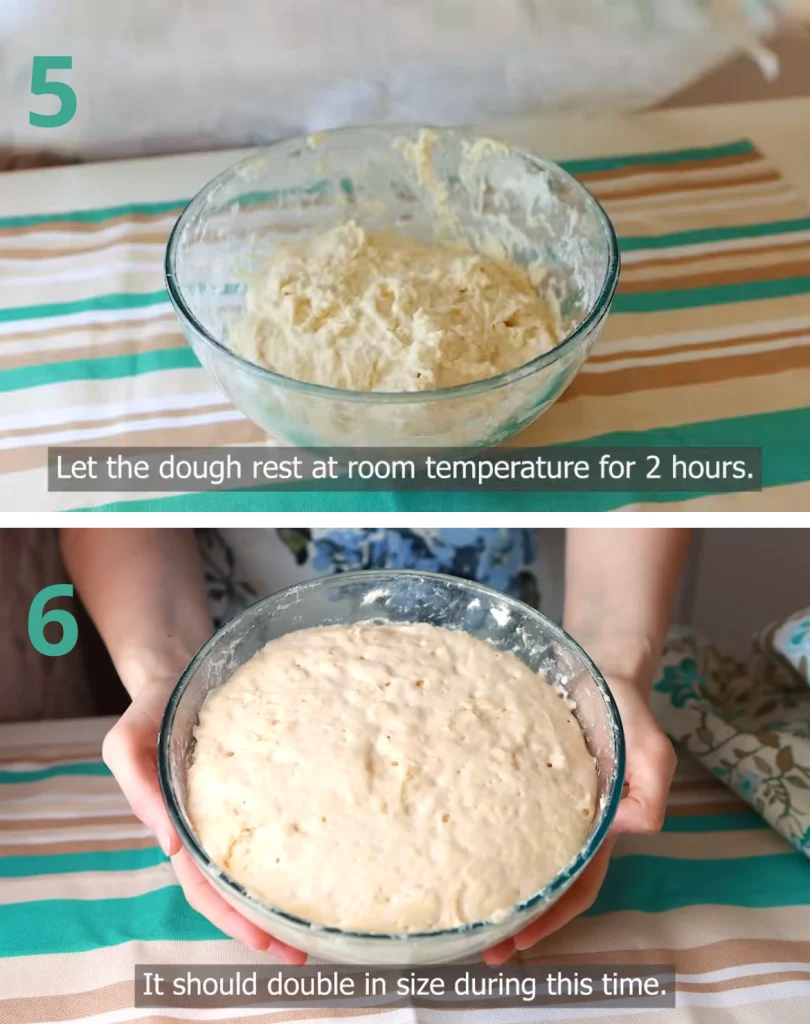
Cover the bowl with a clean cloth and let the dough rest at room temperature for about 2 hours. During this period, the dough will ferment, meaning the yeast will produce gas, making the dough light and airy. This first rise helps develop the bread’s flavor and texture.
After 2 hours, the dough should have doubled in size. This rise indicates that the fermentation has gone well. You should see bubbles in the dough, proof that the yeast has been active and your bread will have an airy texture.
Transfer the dough onto a lightly floured surface. Gently stretch each corner of the dough and fold it toward the center. Repeat this folding once or twice to strengthen the dough’s structure and evenly distribute the gases from the fermentation. This folding technique gives strength to the dough, helping it rise better and giving the bread an open crumb.
Shape the dough into a round by creating slight tension on the surface, pulling the edges downwards. Place the dough ball on your work surface, cover it with a cloth, and let it rest at room temperature for 30 minutes. This final rest allows the dough to relax, making it easier to rise during baking.
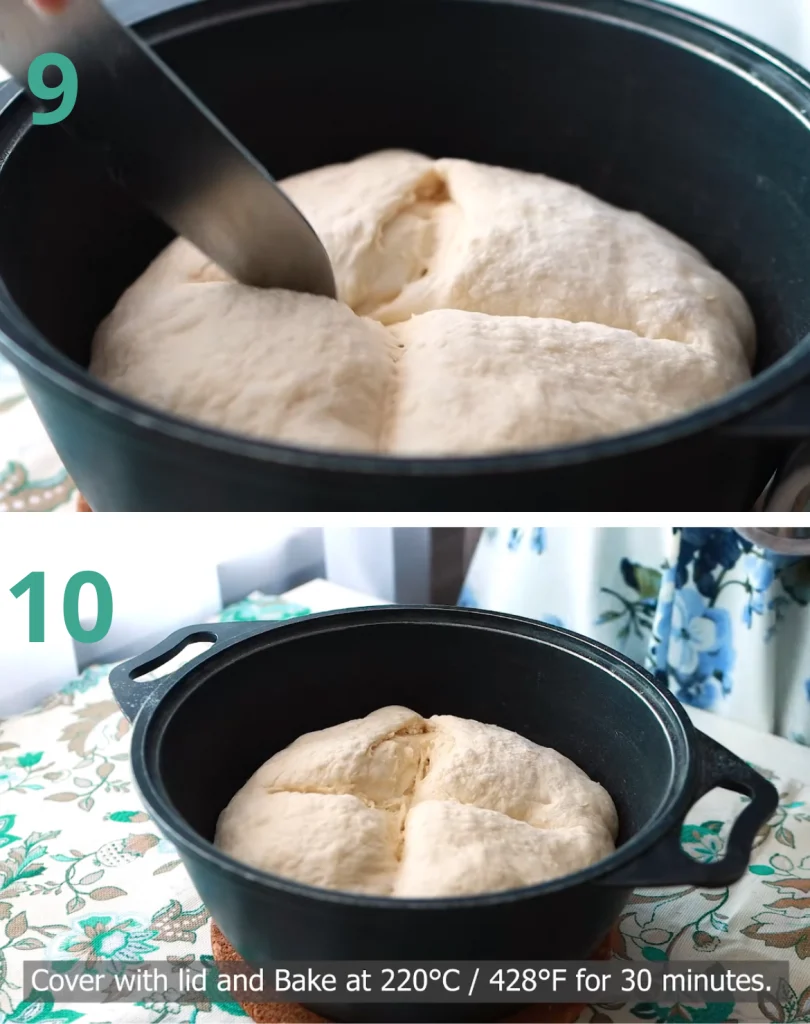
Final Steps : Scoring and Baking
Preheat your oven to 220°C (430°F). Just before baking, make a cut on the top of the dough with a sharp knife. This scoring will allow the bread to expand evenly while baking. Bake for 25 to 30 minutes, or until the crust is golden brown and the bread sounds hollow when tapped on the bottom.
Can Whole Wheat Flour Replace White Flour in This Bread Recipe?
Yes, you can use whole wheat flour for this 3-Ingredient Bread recipe! However, there are a few things to consider when making the switch:
- Texture and Density: Whole wheat flour has more fiber and nutrients than white bread flour, but it also tends to produce a denser loaf. This means that the bread may not rise as much as it would with bread flour, and the texture might be a bit heavier. To counteract this, some bakers recommend using a mixture of whole wheat and white flour (such as 50/50) to achieve a lighter texture while still benefiting from the whole wheat’s flavor.
- Water Absorption: Whole wheat flour absorbs more water than white flour, so you may need to slightly increase the amount of water in your dough. Start with the amount the recipe calls for, then add a little more water if the dough feels too dry or stiff.
- Flavor: Whole wheat flour brings a nutty, hearty flavor to the bread, which many people enjoy. If you’re aiming for a more traditional white bread taste, you might want to stick with bread flour, but if you enjoy the depth of whole wheat, it will certainly add character to the final loaf.
What to Do When Your Dough Won’t Rise
There are two likely explanations for your dough not rising. First, your yeast might be expired or inactive, which means it won’t activate properly to help the dough rise. Second, if your dough is too cold, the yeast may not be able to work quickly enough to double the size within the time you expect. In this case, simply allow the dough more time to rise, and consider placing it in a warmer area to encourage fermentation.
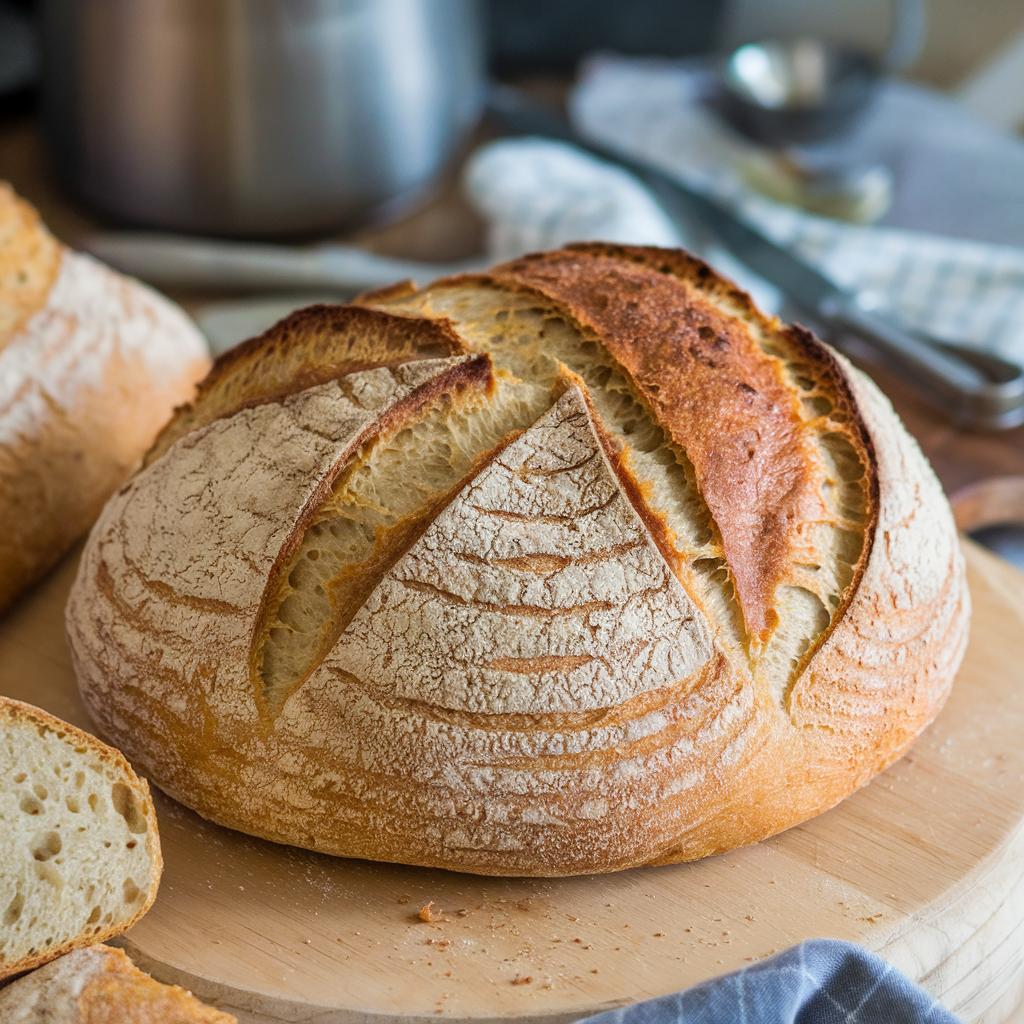
Easy Homemade 3-Ingredient No-Knead Bread Recipe
Description
This simple 3-Ingredient Bread recipe is perfect for beginners and seasoned bakers alike. With just flour, yeast, and salt, you can make a delicious homemade bread without kneading! The process is straightforward, and the results are a beautifully crusty loaf with a soft, airy interior. Plus, there’s flexibility for using whole wheat flour for added flavor and nutrition.
Ingredients
Instructions
-
Activate the yeast: In a large bowl, mix the warm water with the yeast and let it rest for 5 to 10 minutes, until bubbles form. This step ensures that the yeast is active and ready to help the dough rise.
-
Prepare the dough: Add the flour and salt to the yeast mixture. Mix until a smooth, slightly sticky dough forms. Let the dough rest at room temperature for 2 hours to relax and begin its fermentation process.
-
First folding and shaping: After 2 hours, transfer the dough to a lightly floured surface. Gently stretch each corner of the dough and fold it toward the center, repeating the fold one or two times to strengthen the dough's structure and evenly distribute the fermentation gases. Then, shape the dough into a ball, creating slight tension on the surface.
-
Final resting: Place the dough ball back on the work surface, cover it with a cloth, and let it rest at room temperature for 30 minutes. This final rest helps the dough relax further, making it easier to rise in the oven.
-
Scoring and baking: Preheat the oven to 220°C (430°F). Just before baking, use a sharp knife to make a slit across the top of the dough. This allows the bread to expand evenly as it bakes. Bake for 25 to 30 minutes, or until the crust is golden and the bread sounds hollow when tapped on the bottom.


